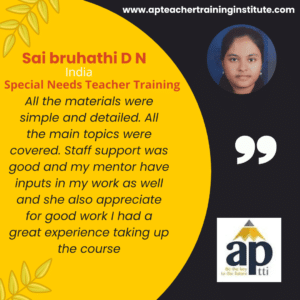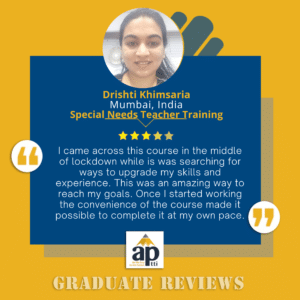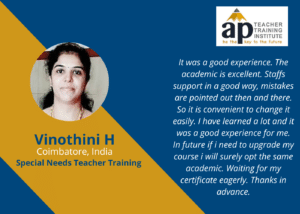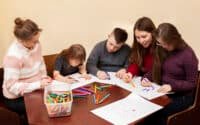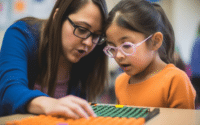Children with Special Needs: How do you know them and teach them?
Children with Special Educational Needs are not a rare sight in the regular educational setup. They need to be handled not only with more care but also with a different approach. You as an educator must know the nukes and crannies of the special needs children’s education system.
Apart from being an SEN certificate holder, first, you need to know what traits or characteristics will tell a child apart from others. We have here a few things listed for you.
How to identify the special educational needs of children?
Before we plunge into the particular signs and symptoms, let us first clarify that special needs do not have a common mold in which every child will feet. Behaviors and needs might vary from one child to another. Any teacher training institute will teach you that you cannot predict how one would react to which approach.
The needs might vary widely. This includes:
- Difficulties in socialization, making friends, and other behavioral approaches
- Child might not find it easy to concentrate on one particular thing for a specific duration, or in other words, might have ADHD i.e. Attention Deficit Hyperactivity Disorder.
- Some children might have Dyslexia where they find the reading and writing activities extremely difficult
- Some children, as you continue to take classes you will find that, are physically challenged and might have hearing or visual impairment. Disturbances in the sensory nervous system also make it tough for them to follow the class.
What are some indicators of special needs?
Even before you join any teacher training course, you need to know beforehand what you should be looking for when you join a class with special needs children. You may watch out for the following:
- The child fails to sustain his/her attention over a long period- this is the most common identification. Be it study or play, the child seems lost in thoughts. Sometimes the child might not even respond when spoken to.
- After completing a SEN certificate course when you join the academic world, you may find a child or two who wouldn’t finish the homework or the class works you assign. Such children often fail to complete basic chores as well as they have difficulty dealing with organizational skills.
- Children are forgetful, distracted easily, and careless also to some extent. This often leads to their reluctance in doing work that requires long concentration periods.
- Sometimes you will find a child is too talkative and has a tendency to interrupt an ongoing conversation. Paired with fidgetiness, this behavior is also within the realm of special needs.
- Learning disability is another form of special needs among children. When you find that a child fails to read or write age-appropriate study materials, you should identify it as a language-based learning disability. These children will have poor spelling skills also.
- Some children find particular subjects difficult and cannot fathom them. For example, some have math-based difficulties termed dyscalculia. Children struggle to associate numbers with symbols and words.
- Sometimes children with special education needs cannot recognize patterns and fails to estimate time. They even lose track if they are asked to count numbers from their memory.
What are the teaching strategies for students with special educational needs?
Early intervention is the key to the management of children with any type of special needs. As an educator or trainer of children, you can incorporate a few strategies in your teaching process. This would ensure an effective and efficient learning process.
Here are a few suggestions from us:
- Have a discussion session with the parents or the primary caregiver to explore if they have noticed any exceptional behavior or if they have, since when
- You can train yourself in speech therapy, cognitive development therapy, etc, or seek help from experts in that field from external sources.
- Another strategy that will be extremely helpful for you is referring to the statutory assessment results.
- Observe your learners in class very minutely. This will help you understand the learning behavior and traits of specific children.
- Develop a comprehensive early intervention program that will cover all five growth areas of children. These five areas include-
- Physical development
- Cognitive development
- Communication development (including speech and language)
- Self-help skill development
- Socio-emotional development
If you are aspiring to make the learning process easier and more enjoyable for children with special educational needs, it is recommended that you look up and join an institute offering online teacher training. This way you will know everything and your career will be most rewarding.
Image Source: Freepik.com

